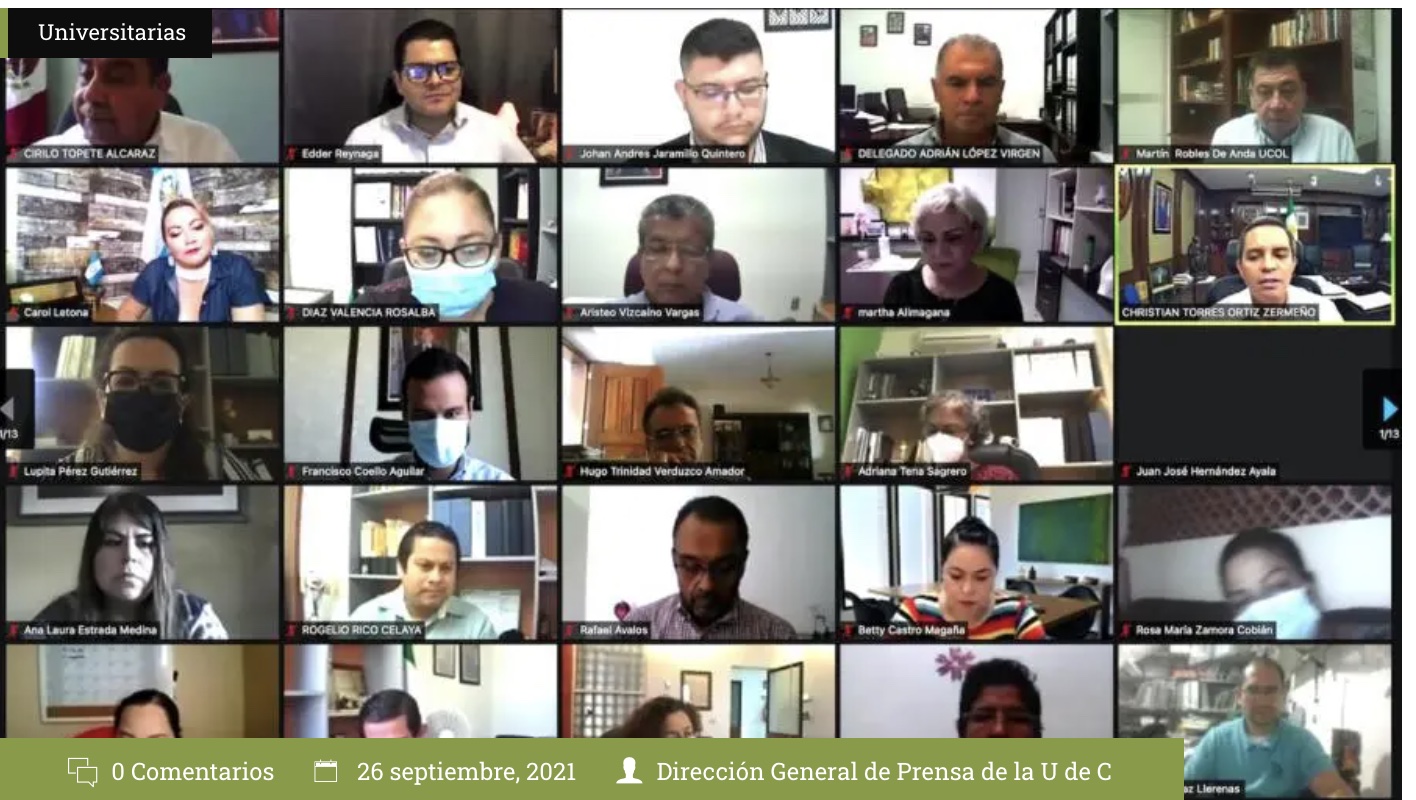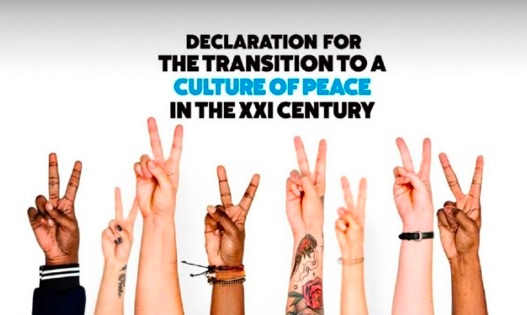. EDUCATION FOR PEACE . .
An article by Anderson Salinas for Radio Nacional Colombia
The cultural and social foundation ‘5ta con 5ta Crew’ was born in 2007, with the idea of strengthening the social fabric among the youth in the department of Norte de Santander. It is a group that deals with violence through the arts from the Itinerant School of the North Bravos Hijos in 12 municipalities of the department.
With rap, graffiti, urban dance and audiovisual productions, this foundation has become a pedagogical path for young people in the department.

Rap video from the foundation
They are a team of 20 young professionals who travel through different rural and urban areas, bearing messages that transcend the memory of violence in the territories affected by the armed conflict.
“I started rapping long before, with passionate rap partners we began to share that music that we liked. To the point, that my mother’s house on 5th Street and 5th Avenue in the Motilones de Atalaya neighborhood, became the main headquarters for a time, ”explains Jorge Botello, leader of the foundation.
The initiative focused on working with young people between 16 and 25 years old, promoting artistic expressions in favor of life and the defense of the rights of youth, activities that provide the region with spaces for coexistence and reconciliation.
“In this space we begin to enjoy every moment from rap, graffiti, muralism, urban dance, audiovisuals, weaving, theater, community cinema, which began a new stage in the foundation, and where we try to manage always the historical look at our reality,” adds Jorge.
‘Ahiman,’ the artistic name by which Jorge is known, found that music provided a way to teach in the search of historical memory and truth. “It was something we did without knowing it, the lyrics, the processes, became the opportunity to express what we felt,” he explains.
(click here for the article in Spanish.).)
Do the arts create a basis for a culture of peace?
What is happening in Colombia, Is peace possible?
(continued from left column)
The border area and the Catatumbo are those spaces of resistance, where their cultural processes allow children and adolescents to compose the history that is hidden in each of its 11 municipalities.
“Young people have found the possibility of amplifying the voice, that their voice not only represents themselves, but a whole group, a community, and that through these spaces they allow to transform relationships, and thus have a better coexistence” says Botello.
Currently, the foundation is carrying out the ‘Crafts for peace, memory and truth’ project in the departments of Arauca, Santander, Norte de Santander, Bolívar and César. According to Laura Rangel, a member of the team, this initiative is developed with the purpose of training 510 youth in the Comprehensive System of Truth, Justice, Reparation and Non-Repetition.
“We reflect around the truth. We find incredible, heartbreaking, hopeful, resilient stories that are very motivating for our work in the territory and today we are closing this project and opening the door for our next stop: the art of truth,” Botello indicates.
This work will be present in Norte de Santander for a year, where it will work for the legacy of the Truth Commission and the fundamental role of youth in the non-continuity of the armed conflict with children and young people.
For Darwin Delgado, one of the young people who participates in these foundation processes, it is necessary to continue keeping history alive in these territories marked by violence in Colombia.
“It is better that the trumpets sound and we do not have the rifles, it is better that the paint is spilled and not the blood of the Colombians; that is the value of art for our region, it allows us to visualize ourselves and represent ourselves under a different perspective before society,” he affirms with a tone of hope.
‘Ahiman’ points out that it is the new generations who must make use of the lyrics, beats, dances and colored lines to rebuild the social fabric that has been fractured by decades.
“For every violent act there are many more rhymes, more murals, more colors, many more break dance steps, art became what holds the new generations to say that there is an opportunity to have a better country,” he says. .
Today they are a medium that runs from art, a path to coexistence and the promotion of a culture of peace in Catatumbo and all of North Santander, with each expression highlighting its message of peace in different languages.









